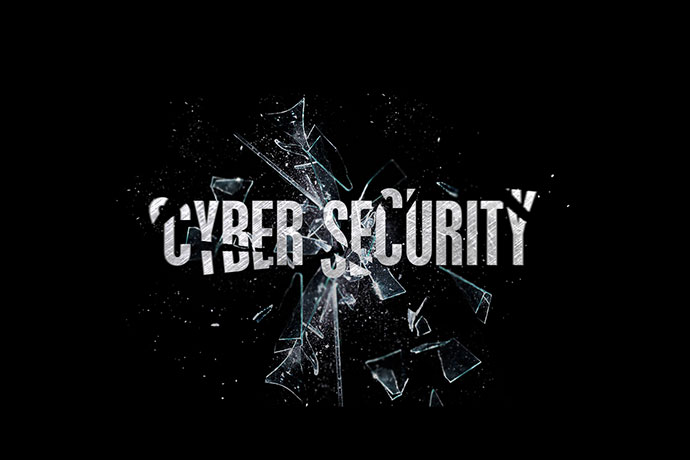With tech, finance, and other industries feeding off each other, the risks that are involved have increased. Data has become a central component to business. It is quite valuable, both as a company resource and as an asset to sell.
When you are in business, you probably work on a computer. This means that cyber security is vital to your operations—whether you work in tech nor not. Every individual and business alike needs to protect themselves from cyber attacks and malicious entities online. Below are the five biggest cyber security risks.
Information security risks
Hacking, copying, or losing business data are all informational security risks. For a hacker to be successful, they don’t really have to steal anything per se. A lot of hackers go into a company’s operational technology to see what they are doing and what is working for them.
However, informational security risks can result in identity theft, data theft, and plagiarism of patents. If you work in an environment where the information you have is currency, which is more and more businesses today, then you need to do everything you can to protect your business from these threats.
Ransomware
There has been a rise in ransomware attacks. Ransomware is a software that is downloaded onto a computer. Through a link or an attachment, the victim downloads ransomware that takes control of their device before doing the same to other devices on the network. Most of the time, the hackers are controlling the devices and prohibiting you from getting access to important documents, files, data, and other information.
They ask for a ransom to return it, hence the name. Whether the hackers give you access to your devices after you pay is tenuous, but the idea is to prevent ransomware from getting on your computer. You should identify vulnerabilities and use anti-ransomware software to stop the download from happening in the first place.
Malware
Like ransomware, malware is a program designed to harm you after being downloaded. Malware is notorious for some of the more famous attacks. Most of the time malware implants a virus onto your computer, but it can be anything that causes disruption to a computer network. It compromises data and privacy. It can take control of your computer like ransomware. It can plant a worm in your computer to find specific information the hacker is looking for.
Malware is one of the most detrimental cyber security risks to anybody. Anti-malware should be used and the overall information technology (IT) effort should be focused on preventing breaches through malware. Even if you are careful, it’s possible to be infected by malware.
Identity theft
Hackers don’t need to program software to steal information. It can be done easily if the person uses the same passwords for different accounts. If a hacker sees a pattern of a particular password, they will try it on other accounts where they can find valuable information.
With the right information, a person can steal the identity of another and do all kinds of things with it. Between money transfers, opening credit lines, making purchases, and changing wills and trusts, identity theft is a dynamic and simple way to ruin someone’s life.
Cloud access
There is a lot of data and it’s difficult to store it all. That’s why companies and individuals alike use the Cloud. Cloud storage provides a great way to organize and then analyze data. It can provide new information for products, services, and demographics. Since there is so much information and access to over avenues through the Cloud, it has become one of the largest cyber security risks.
Luckily, there are things you can do to protect your Cloud and all the data found on it. You can use off-site and outsourced Cloud services. You can employ AI to take care of the Cloud and identify vulnerabilities. You can use encryption to scramble the information. Whatever your method, Cloud access is a huge benefit to hackers and other malicious actors.
These cyber security threats are the most common and pressing, but there are plenty more. Cyber threats are often a combination of tactics. Phishing can be used to install malware and ransomware. Malware can steal a person’s identity or find personal information with a worm. Viruses can spread across the network. To all these threats, there is a response. It’s vital to keep up with not just the risks but the solutions to those vulnerabilities.

